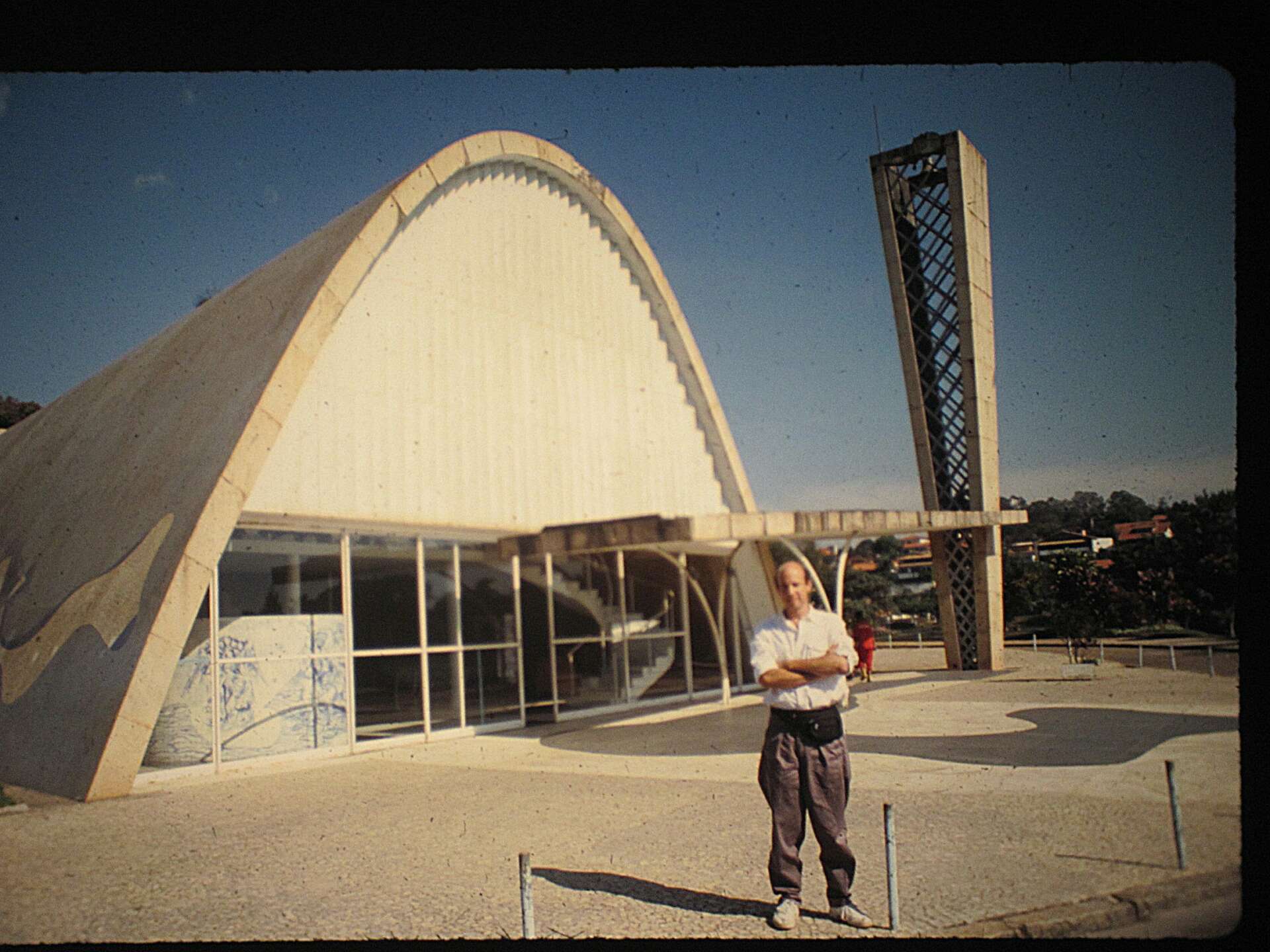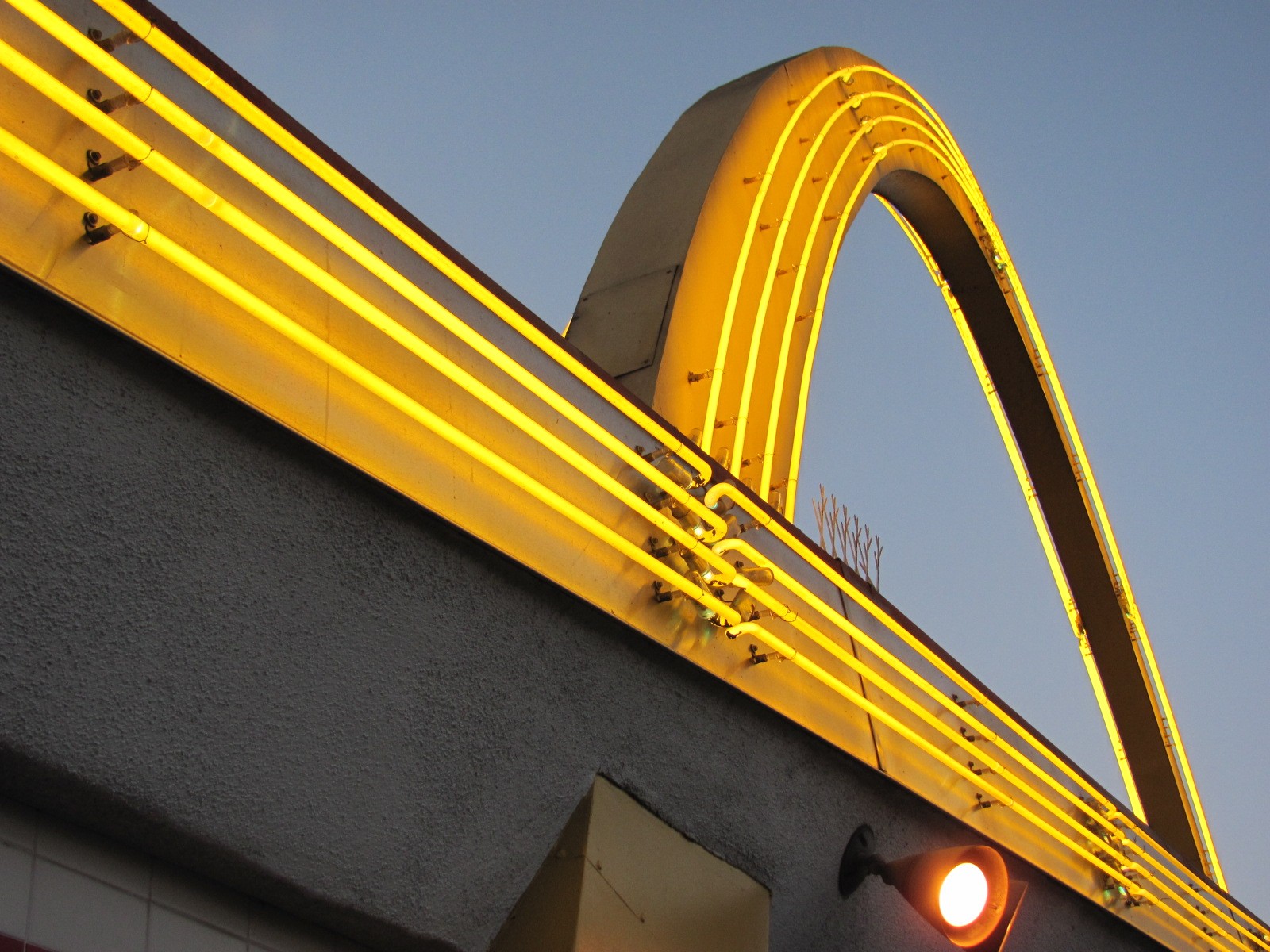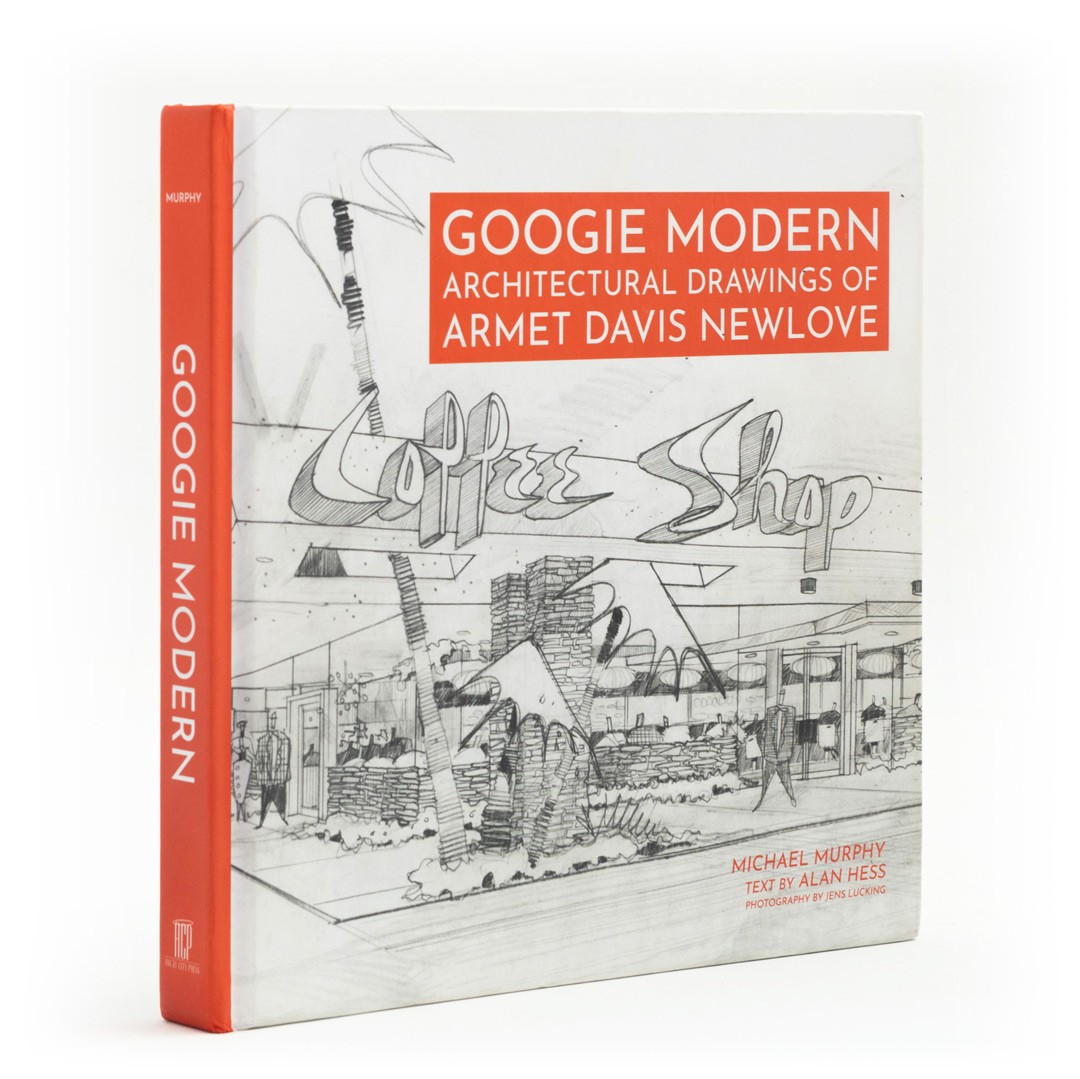We caught up with the brilliant and insightful Alan Hess a few weeks ago and have shared our conversation below.
Alan, thanks for joining us, excited to have you contributing your stories and insights. Going back to the beginning – how did you come up with the idea in the first place?
When I had a few spare minutes (or just needed to escape the studio) when I was in architecture school, I would get out and drive around Los Angeles. Friends and I would visit our favorite buildings, or we’d explore neighborhoods that we didn’t know. “Never pull a U-turn — always drive around the block” one professor urged us, so there was always something new to discover. Seeing the diversity of buildings, ages, uses, styles, and creativity, certain questions became critical: Why did that building look that way? Who designed it that way? Why? How did it change over time? Those questions lead to my first published articles and books.


As always, we appreciate you sharing your insights and we’ve got a few more questions for you, but before we get to all of that can you take a minute to introduce yourself and give our readers some of your back background and context?
Architecture and cities are endlessly fascinating. They have to be — they are where people live, work, play, think. The variety of people on earth has to produce a fascinating variety of responses. But that wide-ranging story is not always well represented in the official histories and narratives that are told to the public. In the twenty-one books I’ve written so far, and the talks and documentaries I do, I try to tell the stories that are usually left out. That includes the humble suburban Ranch house, the real reasons why the hotels and signs of Las Vegas were designed, and the extraordinary innovations and imagination that go into the Modern architecture of everyday life — coffee shops, gas stations and such. I also write about famous architects like Frank Lloyd Wright and Oscar Niemeyer, but repeating what has already been said about them is a waste of time. I look for new dimensions to their work that makes them relevant today.

Can you share a story from your journey that illustrates your resilience?
I have to write about subjects that interest me for some new useful idea. As a result I look for buildings that no one else has really looked at, or that everyone else has dismissed as ugly, cheap, insignificant. Early on in my career I discovered — to my initial surprise– that my approach meant that I selected subjects that editors and publishers immediately rejected.

Let’s talk about resilience next – do you have a story you can share with us?
My first submission to the arts editor of a newspaper was an article on giant object architecture — buildings shaped like giant oranges that sold orange juice, buildings shaped like giant donuts, or hats, or dogs, or owls. They were delightful and popular, but they were disappearing from the landscape because no one took them seriously. A friend had recommended this editor as being supportive of young writers — but her response was, “Why would you choose buildings as ugly as that?” I thought the answer was obvious. Ugliness was the point, But her reaction woke me up to what I was up against.

Contact Info:
- Instagram: alanhessarchitect
- Facebook: Alan Hess


